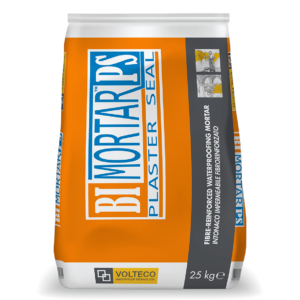NOTICE PURSUANT TO THE LEGISLATION ON THE PROTECTION OF PERSONAL
DATA.
This Notice is provided pursuant to and for the effects of art. 13 of
Regulation (EU) 2016/679 (hereafter “GDPR”), concerning the
protection of natural persons with regard to the processing of personal data.
This website (hereafter “Site”) and all the services provided
herein (hereafter “Services”) are not intended for persons under
the age of 16 and Volteco S.p.A., in its capacity as the data controller
(hereafter referred to as “Company” or “Controller”),
does not intentionally collect personal information related to minors. In the
event that information on minors were to be unintentionally registered, the
Controller will delete it promptly at the request of the users.
Legal basis and purpose of the processing
Your personal data will be processed:
-
A) without your express consent, for the following purposes of
service/usability of the Site:
- to manage and maintain the Site;
- to allow you to use the services you may request;
-
to participate through the Site to initiatives organised by the Controller
(for example, events);
- to process a contact request;
-
to fulfil the obligations established by law, by a regulation, by EU
legislation or by an order of the Authority;
-
to prevent or discover fraudulent activities or malicious activities harmful
to the Site;
- to exercise the rights of the Controller;
in relation to these purposes, your consent is not required because the
processing of data is necessary to provide the requested Services or to fulfil
a legal obligation;
-
B) only with your specific and distinct consent, for the following other
purposes:
-
to send via e-mail opinion and satisfaction surveys, newsletters and/or
invitations to events or register for events in which the Controller
participates or of which it is the organiser (hereafter
“Marketing”);
Data retention period
Your personal data will be processed for the time strictly necessary for the
pursuit of the aforementioned purposes, after which time they will be deleted
or made anonymous.
With specific regard to the purposes described in point B) for 24 months from
the last Marketing communication that we will send, unless consent is
withdrawn beforehand.
Nature of the provision of data and consequences in case of refusal
The provision of data for the purposes referred to in point A) is necessary to
register on the Site and to take advantage of the services offered.
The provision of data for the purposes referred to in point B) is optional.
You may therefore decide not to provide any data or to subsequently refuse the
possibility of processing data already provided: in this case, you cannot
receive e-mail invitations to events, newsletters and opinion and satisfaction
surveys. You will continue to receive the services referred to in point A).
Scope of data disclosure and categories of recipients
Your data may be disclosed:
-
for the purposes referred to in point A), to employees and collaborators of
the Controller, in their capacity as authorised processors and/or system
administrators;
-
for the purposes referred to in point B), to third-party companies or other
entities, for example external companies that carry out outsourcing
activities on behalf of the Controller in their capacity as Data Processors;
if your data were to be processed on behalf of the Company by third parties,
the latter will be designated as data processors with a special contract or
other legal act; your data will not in any case be disseminated.
Data transfer to a third country and/or an international organisation
Your personal data will not be transferred to non-European third countries.
Rights of the data subject
You have the right (see articles 15 -22 of the GDPR) to request from our
Company access to your personal data and to correct them if they are
inaccurate, to erase them or limit processing if the conditions are met, and
to obtain the portability of the data provided by you only if subject to
automated processing based on your consent or on the contract.
You also have the right to withdraw consent given for processing purposes that
require it, without prejudice to the lawfulness of the processing performed
until the time of withdrawal.
You also have the right to lodge a complaint with the competent supervisory
authority on the subject, the Data Protection Authority.
Data processing persons
Volteco S.p.A. is the data controller. It may be contacted at the address 47
Via delle Industrie - 31050 Ponzano Veneto (TV).
Last updated: December 2018
This information is subject to change. It is therefore advisable to check this
web page on a regular basis and to take into account the most up-to-date
version of the information contained therein.















